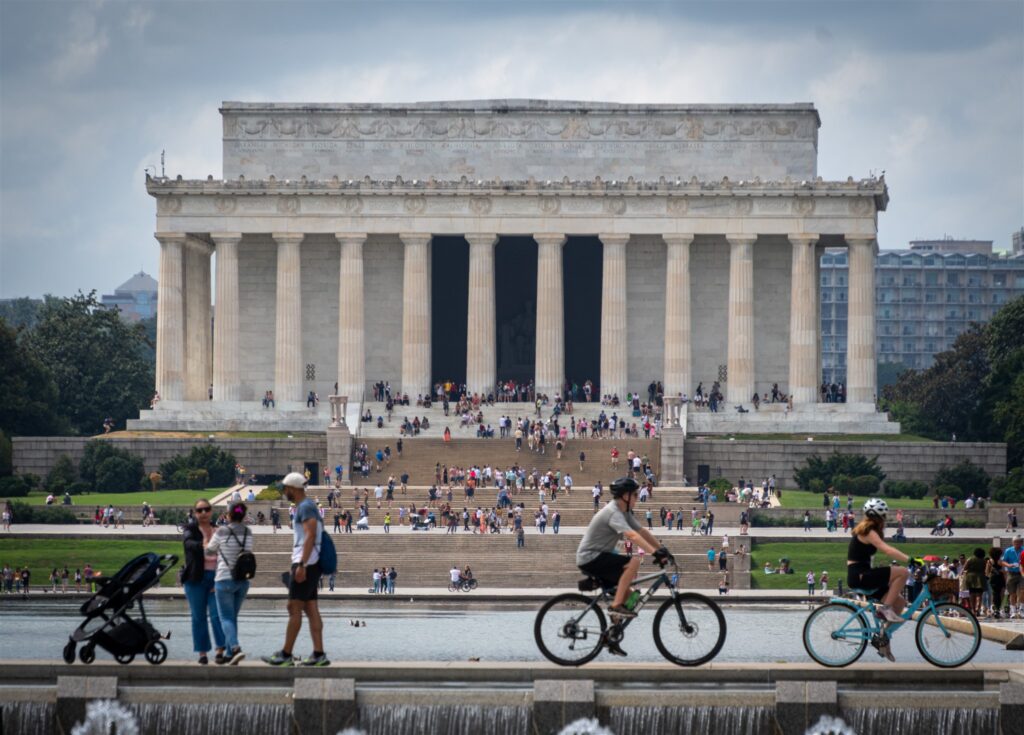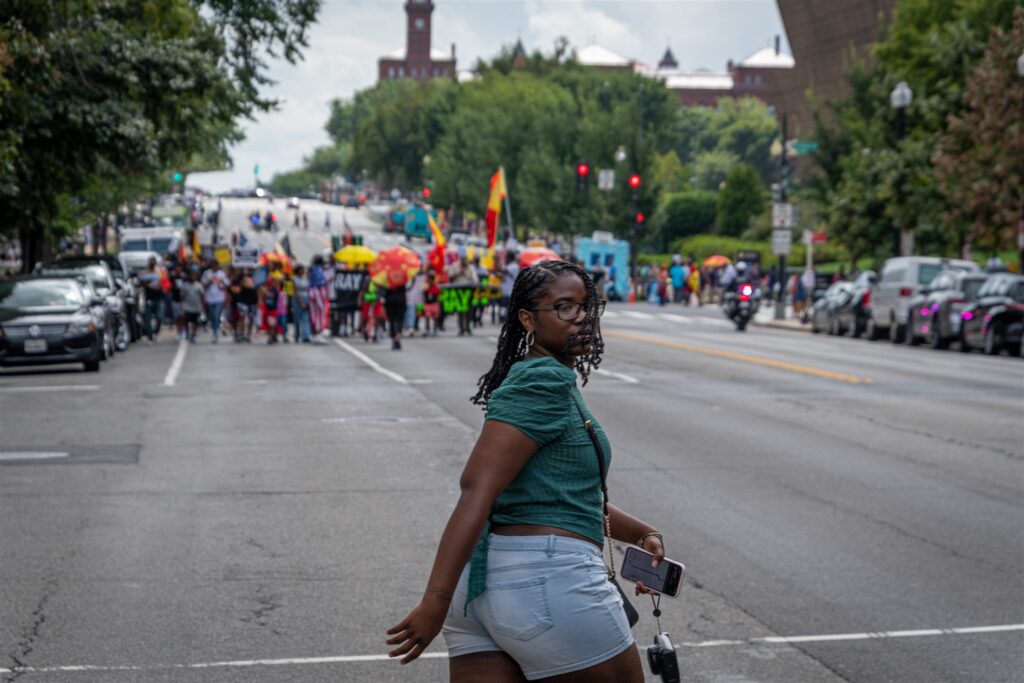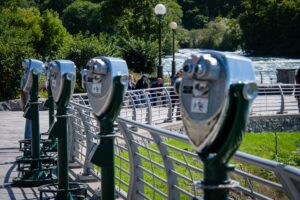The reason I’ve put considerable thinking into New York is the simple fact that most of my shooting is travel photography. This is the area in which improvements reap the most benefit. In other words forward-looking actionables are more important than backward-looking contemplation, so let me formulate some guidelines for my upcoming adventures.
Location Research
My most important point would have been a Creative Vision – that is, a concept of how to record a location. But it’s obviously near-impossible to form a view on the how without knowing the what. So the starting point is to do some prep work on the place I’m to visit.
- Look up the attractions I am to visit and think about how to photograph them
- Learn about the history of the place, with emphasis on cultural impacts that manifest visually
- Go beyond attractions and create a mental catalog of shooting scenarios I am to face
- Think about the season and color schemes

Creative Vision
I’m still not decided on whether to be prescriptive or simply be reactive when visiting a place. But it’s probably better to have a plan, than having none. So what’s a Creative Vision in this context? I’d think of it as a loose set of different themes in decreasing priority, not more than five. Let’s take two examples of my recent vacations: Malta and Athens.
For Malta, it could have been something like this:
- The charm of a very small country
- “Summer in winter”
- Love for the sea
- Blend of cultures
For Greece I’d think of these:
- Cradle of European culture
- The sea and a naval trading hub
- An extremely dense European capital
- People used to be rich(er) here!
Whether I would have produced stronger material have I had the above said upfront, remains a mistery. But I’ll definitely try it next time. I think it should help with both overshooting and photographing without a concept.

Gear – Limitation is a better teacher than flexibility
I am a fan of travelzooms. Not because of their versatility, but their extended reach. The longer the focal lenght, the easier it is to take decent photographs. Selective framing and compression are both easier grounds than multilayering and finding geometry in a complex scene shot with a wide angle lens. But because of that, travelzooms lead to a safe approach. So I should definitely limit myself to certain lens types. It doesn’t mean I shouldn’t take a telephoto with me, but should stop using multipurpos lenses for a little while. So what to take?
- Wide angle, but not superwide. A 14-24mm equivalent is for professional use, but a 16-35mm is probably much more versatile than I realize.
- Normal, without wide, without tele. The good old fashioned 28-80mm or better yet, a 35-80mm, or 35-105mm lens.
- Tele. Proper tele, that is, starting at 100mm or more.
- Prime lenses to the death. 35mm. 40-45mm. 50mm. 70-100mm. Are they boring? Not for me, I’m yet to learn to use them properly.
